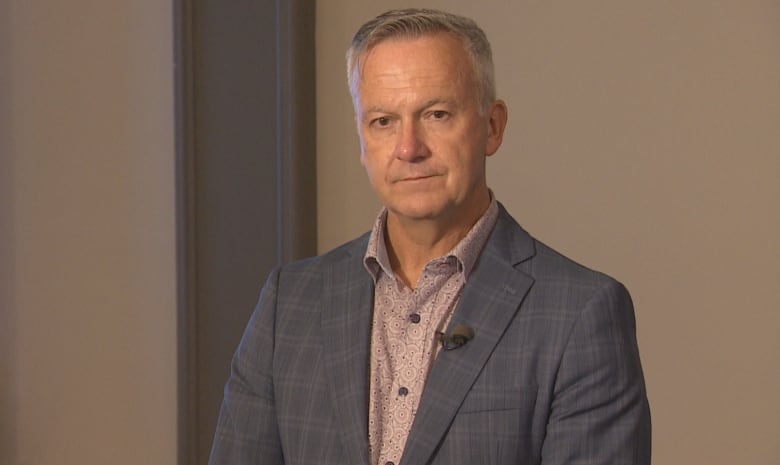The latest student wellness survey by the New Brunswick Health Council has found a decline in youth mental fitness.
The survey was completed last November and December by more than 57,000 students in Grade 6 to Grade 12 and more than 5,000 parents.
It found New Brunswick youth were less able to adapt to new challenges, and their basic needs were being met to a lesser degree than was the case the previous year.
The mental fitness rates were lowest, and the anxiety rates highest, for non-binary and LGBTQ students.
The council defines mental fitness as “having a positive sense of how we feel, think and act which improves our ability to enjoy life. It also implies the ability to efficiently respond to life’s challenges, and to effectively restore and sustain a
state of balance.”

Bullying and a number of other factors are at play, said Stéphane Robichaud, CEO of the health council.
“If you look at elements like physical activity, emotional support, social skills, proper nutrition, sleep and skill development, when you have a proper mix of these, they develop a capacity to deal better, whether it’s with behavioural challenges … or life challenges like stress of studies or anxiety or depression.”
School policies and community initiatives can help improve mental fitness, said Robichaud, giving the examples of programs that provide nutritious food or opportunities to take part in sports.
The survey also found a big jump in screen time.
More than 60 per cent of respondents said they spent three hours a day or more on social media.

Screen time is linked to less physical activity, which is in turn connected to more obesity, said Robichaud.
It can also be addictive, he said.
“Social media is developed in a way with artificial intelligence that, on one hand, it can be seen as neat in that it learns a lot about you and can push to you a lot of things that you would like to have. It’s also a technology that does increase your tendency to be on it.”
Young brains are largely unaware of how the technology is making them more dependent, he said.
And social media use may also be contributing to poor sleep, said Robichaud.
Only about 40 per cent of children were getting eight hours of sleep a night, according to the survey. That’s the recommended amount of sleep for proper development and physical and mental well being.
Many students reported keeping their phone in their room and using social media right before bed, he said.

“It’s obviously concerning,” said John Sharpe, executive director of Partners for Youth, based in Fredericton.
Every year the student survey reveals concerning elements, he said.
“We may think that the bar is moving in the right direction,” but then a report like this comes along with very current data, “and we recognize pretty quickly that we’re not moving the bar quick enough,” said Sharpe.

He agreed with Robichaud that “it’s a very complex issue and a lot of things come into play.”
“There’s no one-size-fits-all approach,” Sharpe said. “We have to work hard to eliminate barriers for each individual.”
To Robichaud’s list of “protective factors,” he added housing, healthy relationships and access to a family doctor.
“This is not a school issue or a youth or family issue. It’s an everyone issue,” said Sharpe.
Partners For Youth has started a new program to help improve access to therapy with a licensed counsellor, he noted.
The typical wait for therapy in the provincial system is three to nine months, he said.
Through the new program, a young person or an ally of theirs, such as a guidance counsellor or parent, can request support and get an appointment within seven days.
The program launched a little over a year ago and more than 170 young people have used it so far, said Sharpe.
It’s in a continuous process of being scaled up, as funding partners are signed on, he said.
Information Morning – Fredericton9:14Health council report
Featured VideoResults from the latest student survey conducted by the New Brunswick Health Council show a growing percentage of young people are dealing with depression and anxiety. Jeanne Armstrong spoke to CEO Stephane Robichaud about those results.
From his perspective, government leadership in youth mental health has been deficient.
“For example, we’ve been waiting decades for a youth mental health centre of excellence,” he said, “and the latest chosen site, on Salisbury Road in the Moncton, is still vacant.”
His group would also like to see youths, families and communities given more equal footing with government when it comes to determining what services are needed and delivering those services in an integrated way.
“There’s a lot of folks working on the issue,” he said. “It’s just that I don’t believe we’re working closely enough together yet.”
